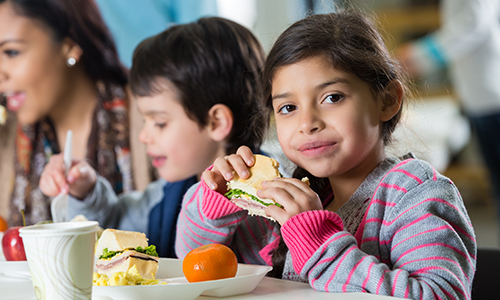What is food insecurity?
Not all households in the United States can put food on the table throughout the year comfortably. These households are often considered food insecure. Food insecurity is the lack of access to enough food for an active, healthy life. Households can experience food insecurity temporarily or for long periods. Regardless of the duration, food insecurity leads to adverse consequences for those impacted.
What is the impact of food insecurity?
Research has found that food insecurity leads to poor physical, social, and emotional health outcomes. For some individuals, work and academic performance can also suffer, creating compounding challenges. Food insecurity can be especially devastating for families. While many caregivers attempt to shield their children from food insecurity, studies have found a link between lack of access to nutritious food and the onset of delayed development and chronic disease.
Food insecurity is about more than just access to food. It is also about nutrition. Data shows that when families experience financial hardship, food costs are the first they slash. As a result, some families experiencing food insecurity turn towards food with decreased nutritional quality or reduce their overall intake.
What does food insecurity in Virginia look like?
Food insecurity rates differ across the nation due to population characteristics and state economic conditions. According to the most recent estimates from Feeding America there were are 704,270 food insecure Virginians. That is a food insecurity rate of almost 8%.
While many families have made economic progress since the pandemic, for some, rising inflation means that food security continues to be an issue. Food costs have increased dramatically.
What is Virginia doing to address food insecurity?
There are many food assistance programs, such as the National School Lunch Program (NSLP), the Women, Infants, and Children (WIC) program, and the Supplemental Nutrition Assistance Program (SNAP), designed to address food insecurity. Some of these programs are managed by the Virginia Department of Social Services and others are managed by the Virginia Department of Education and the Virginia Department of Health.
Click here for more resources and information about efforts to minimize hunger in Virginia.









